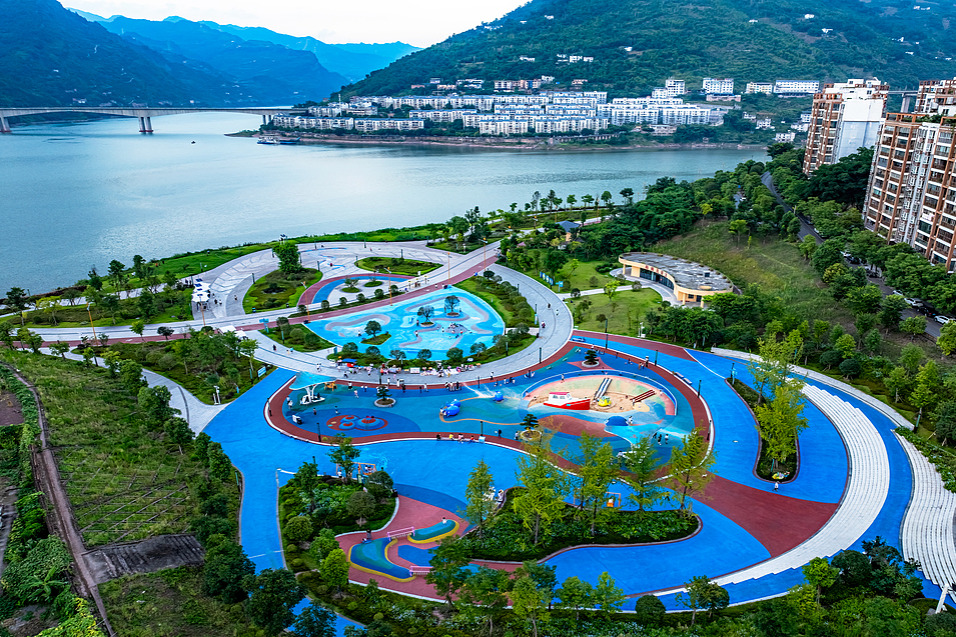Study reveals plateau's geographical changes

Chinese scientists have pieced together the dramatic geographical changes of the Luolong Basin in the eastern part of the Xizang autonomous region, revealing a period of rapid elevation and climatic transformation between 54 million and 43 million years ago.
The research, published last month in the journal National Science Review, details how the basin, initially a low-lying area about 600 meters above sea level, experienced rapid elevation to approximately 2,900 meters around 44 million years ago. This triggered a significant increase in rainfall and the establishment of distinct wet and dry seasons, according to Zhao Chenyuan, the study's first author and a doctoral student at the Institute of Tibetan Plateau Research, part of the Chinese Academy of Sciences.
"The ecological environment of the Luolong Basin before 44 million years ago was similar to today's Shangri-La in Yunnan province, with mountains and forests intertwined, rich biodiversity and an annual precipitation of nearly 1,500 millimeters, resembling the forest ecosystems of modern Yunnan and Southeast Asia," Zhao said.
The basin featured large lakes and rivers — some possibly resembling modern-day Dianchi Lake or Erhai Lake in Yunnan — teeming with primitive freshwater fish and abundant insects, researchers said.
The research team, led by academician Ding Lin, conducted extensive field investigations between 2020 and last year, collecting volcanic ash, paleosol and fossil samples.
Ding highlighted the Luolong Basin's strategic location in a transitional zone between the central and eastern Qinghai-Tibet Plateau, making it crucial for understanding plateau uplift and climate response.
"This discovery updates the spatial distribution of the Central Tibetan Valley, extending it from the central plateau to the broader eastern Xizang region, forming a biodiverse forest belt 44 million years ago," Ding said.
The findings provide new insights into the Qinghai-Tibet Plateau's uplift process, revealing that the eastern part of the Central Tibetan Valley rose before the central part.
This created a westward-sloping topography, higher in the east and gradually lowering to the west.
The plateau's uplift also profoundly influenced the Asian monsoon system, with these changes offering vital clues to East Asia's climate history, researchers said.
yandongjie@chinadaily.com.cn
- Study reveals plateau's geographical changes
- Colleges open AI classes to meet market demand
- Sessions focus on sustainable development
- Fujian goes digital to store, process paddy
- Novel surgery helps paralyzed patients get back on their feet
- LIVE: National political advisers take passage interviews on March 7




































